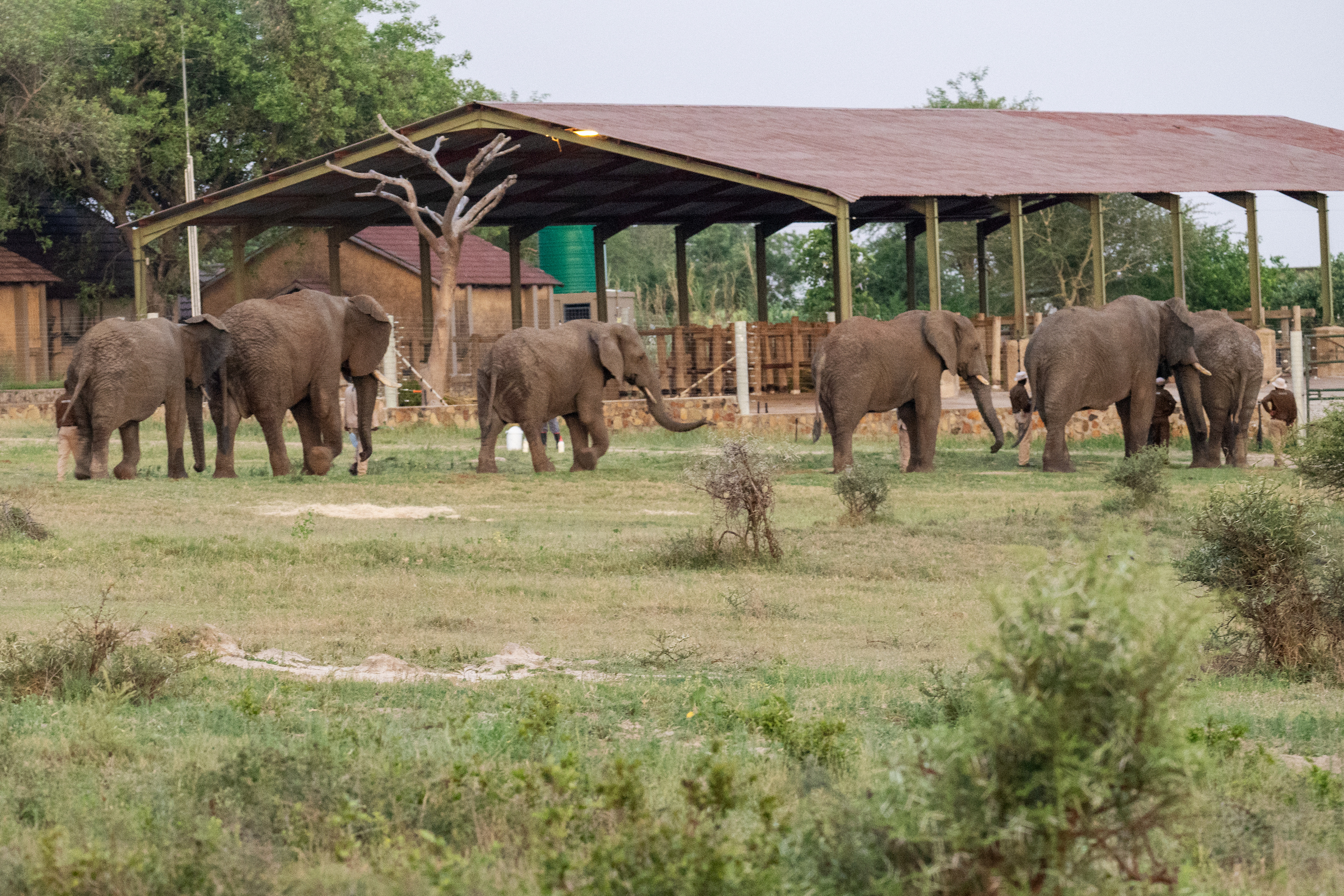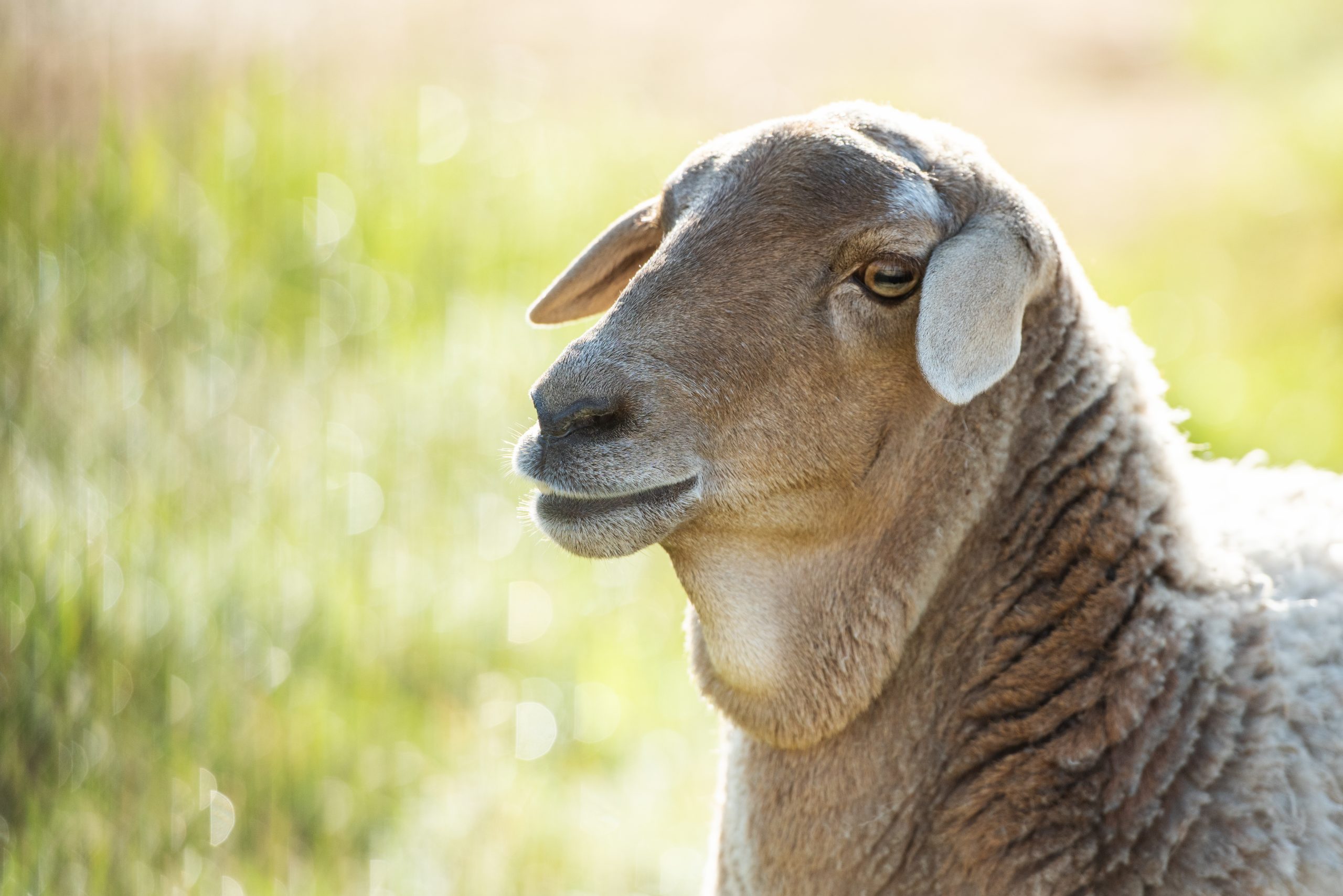Fishan the Elephant Survivor | Wound Cleaning and Progress 5 Years After the Fracture
Join Adine and elephant carer Owen as they give an update on Fishan, the brave elephant bull who fractured his leg in 2018. They also show up-close how Fishan’s pressure wound is cleaned and treated.
You can help us to care for Fishan by adopting him and becoming one of his foster parents: https://herd.org.za/animal/fishan/.
You can also help us to cover the costs of his treatment by donating to his project on GlobalGiving: https://www.globalgiving.org/projects/fishan-brave-elephant-who-survived-a-fractured-leg/
Adine explains Fishan’s pressure sore and treatment:
“So, with Fishan, when he broke his leg, we actually stabilised his leg. First we did the plaster and then the next time, after the plaster broke – actually the plaster was on for about a month, which was great. To straighten the leg, we used a mechanism in order to straighten that bend. However, as we used that, we had to take it off immediately the next day, as the swelling was so severe and he was actually in more pain when we tried to straighten that leg of his. So we took that off and then just added a normal plaster again. Now, to use the plaster, it was actually quite interesting. We also strengthened it with rods. But what happens now is that he’s got this bed sore because of lying down on this leg so that he can use his right leg to get up. So the bed sore happened. We’ve cleaned that on a daily basis. It’s kind of coming and going. We had excellent ideas from followers, also, about homeopathic things that we used. And we used Traumeel for about six months. Now, Traumeel is more homeopathic. It kind of relieves pain as well as inflammation. We used that on a daily basis. And after that I decided not to clean it anymore on a daily basis and only clean it twice a week and see how that goes. So, a long time ago, interestingly enough, Tokwe had the same kind of wound on both her legs. And that was when she had Limpopo and was also lying down. That took also a very long time to heal. So, I do believe that we will get that bed sore right. Unfortunately we can’t use mechanisms that you can use in people, because of that trunk. That trunk just takes off everything. And at this stage the best is to clean it, just to see if there’s not inflammation and that maggots don’t get in. And giving it enough time maybe to also heal on its own. In nature I’ve seen some wounds even on giraffes, where lions had tackled it and it survived, but you look at those wounds and you think, “Oh I don’t know how it’s going to heal.” Maggots, you know, always being an issue. And it does heal in the end. So I think for wildlife, they are tough. And we will get this right. We just need some TLC, more TLC. That and to keep an eye on it. And ja, maybe we do get other ideas and use that as well. We’re never, I would say, too old to learn, too old to try new techniques. But yes, we keep an eye on it.”
Owen explains Fishan’s injury and recovery:
“So, some of our new followers, you can ask the question, “How did he get injured?” Well to explain to everyone, that injury was from a man-made pit that was dug a long time back, so it was covered with grass and some bushes were growing around it. So unfortunately, he was not aware when he was feeding around it and then he stepped in there and then he collapsed. So this is how he got injured. But, of course, it was a hard time for him. Indeed, it was a very hard time for him. He stayed at the stables with us, without following the others – the herd – for about 12 months, which was very painful for a big elephant like this. But yes, the Jabulani team, we tried by all means to keep his stress level low. Like by reading books and then also playing some music, talking with him every time. So yes, that worked very well for him, to keep him alive every day. And then after some 12 months we saw some very good development for him, like to follow the others and also showing that the foot was completely stepping on the ground to get balance. So that was giving us some idea of saying, okay we think now we’re quite very happy for him to follow the herd. Yes, we gave him a chance to follow the herd. As I say, our range, we’re not going very far. Just some short range, feeding around, to be with the others. We did have Tokwe, who is the matriarch in the herd, and she was very good. Every time when she came back from the bush, before she’d go to feed, she was coming to check him, she was feeling around. Yeah, just checking with him, just like people will check their friends when they’re not feeling well. Just asking “How are you doing?”, “How was your day today?” and stuff like that. So that also was giving very good confidence for him. For him that’s like, “Okay, I’m very well looked after, my friends, they go out and then they come and check on me”. And then yes, he’s been doing very well now.”





No comments yet.